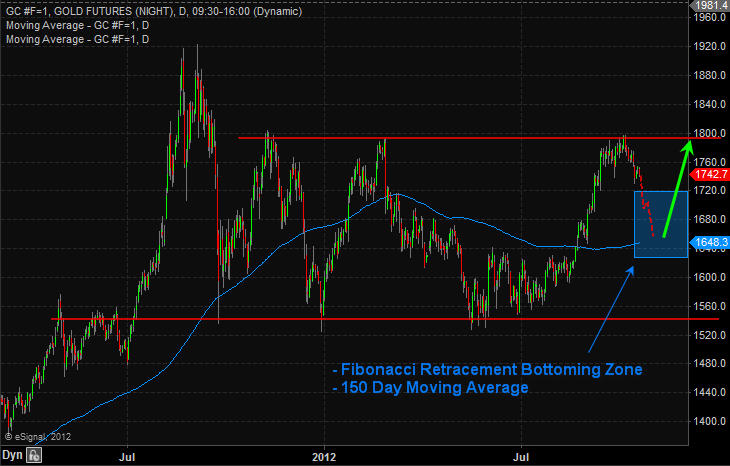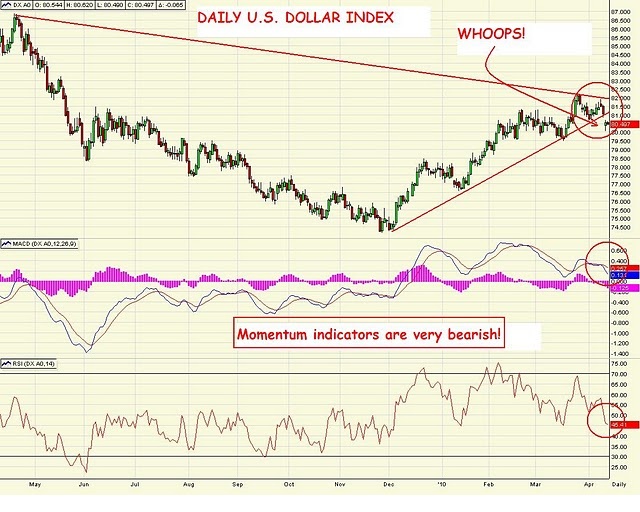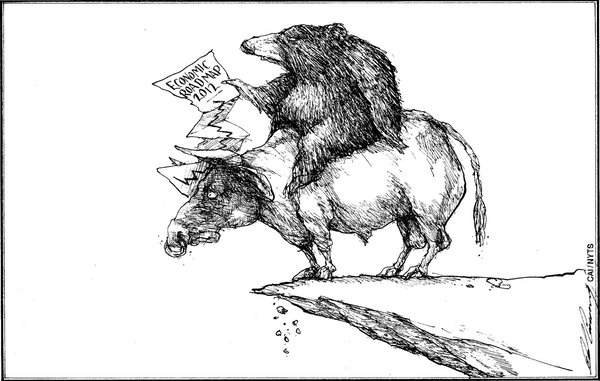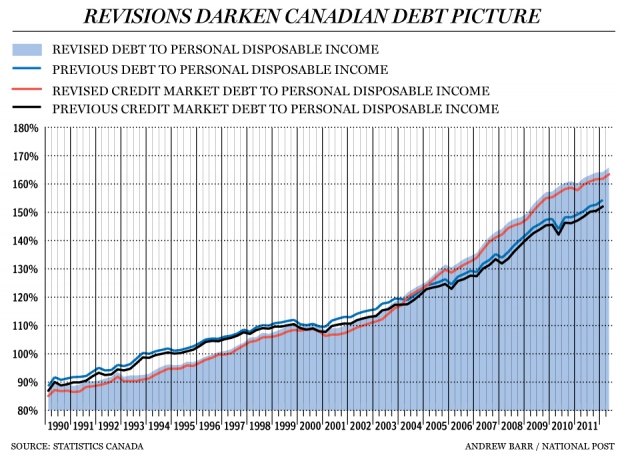Wholesale bullion prices to buy gold recovered an early dip in London on Wednesday morning, rising back to $1,750 per ounce as European stock markets also rose and the single currency hit its best level in more than a month.
The rising euro knocked the price for French, German and Italian investors to buy gold back to a 6-week low of €1,333 per ounce (€42,860 per kilo).
That’s some 4% below Euro-gold’s new all-time high of Oct. 1.
“I have been speaking to a number of GOLD DEALERS this week,” says Swiss refinery and finance group MKS’s senior trader in Sydney Alex Thorndike, “and the majority still feel there will be significant support on any extended pullback towards $1,675-1,700.
“Most, myself included, think long-term macro investment buying and possibly even central bank demand would be seen at these levels, as well as a resurgence in physical interest from India – especially if the rupee remains strong.”
Commodities were broadly flat meantime on Wednesday, but so-called “safe haven” government bond prices ticked lower as Spanish debt rose on expectations of a formal bail-out request.
The Moodys rating agency last night confirmed Spain’s ranking above “junk” status.
Madrid’s 10-year bond yields today eased to their lowest spread above comparable German debt in 6 months.
“Gold and the precious complex have been held afloat overnight and this morning by a stronger euro,” says UBS strategist Edel Tully in a note.
“Gold’s ability to stay buoyed today will be dependent on foreign exchange moves and risk appetite.”
Silver prices today extended to 1.8% their rally from Monday’s 6-week low for Dollar investors, recovering the $33 mark as the London Silver Fix approached at midday.
The first drop in solar-panel silver demand for 12 years will likely dent 2013’s average silver priceby more than 4%, according to New York-based consultancy the CPM Group.
“China’s near-term appetite for gold appears to be waning as bullion imports from Hong Kong slow,” write analysts at London market-maker HSBC in a note.
Shipments of gold bullion to China from Hong Kong – the major route for imports to buy gold – slipped nearly 30% in August from July, according to latest data from the Census & Statistics Department.
“What we are hearing from our customers is that they were buying gold rapidly over the last couple of years,” MarketWatch quotes Scotia Mocatta’s managing director in Hong Kong, Sunil Kashyap, today. “But they would now see some of their stocks sold off before they rebuild their inventories.”
In base metals, “China destocking [in iron] has run its course,” says Bloomberg this morning, quoting mining giant BHP Billiton’s CEO Marius Kloppers, who believes that stocks of iron ore have now been depleted to provide a “base level” of demand.
But with China responsible for 40% of global money-supply growth since 2007, “and money-supply growth in the developed world still flat on its back, a slowdown in China augurs for lower inflation – perhaps deflation – and higher real rates,” says strategist Russell Napier at CLSA, Asia’s largest independent brokerage.
Higher returns to cash and bonds, after allowing for inflation, would likely dent prices to buy gold, Napier tells MarketWatch.
“Nominal rates [are already] close to zero,” he says. So sub-zero inflation would be “bad for gold.”
Over on the supply side Wednesday, South African miner Gold Fields said its ultimatum to striking workers at the Beatrix project – threatening summary dismissal – today saw 6,200 illegal strikers return to work.
With up to 50% of South Africa’s gold output now closed by wildcat action, Harmony Gold said overnight it may still implement a failed wage offer made jointly with Gold Fields and AngloGold – the world’s fifth and fourth largest gold mining companies respectively.
World No.2 gold producer Newmont today reported a 6% drop in third-quarter earnings, with a record $77 million bill for maintenance and restructuring at its operations.
Looking to buy gold or physical silver bullion today…?


















